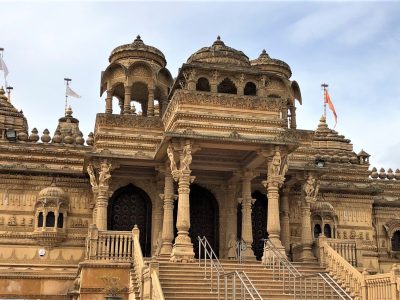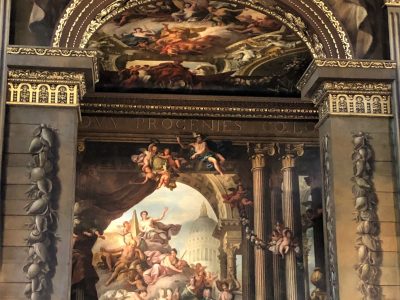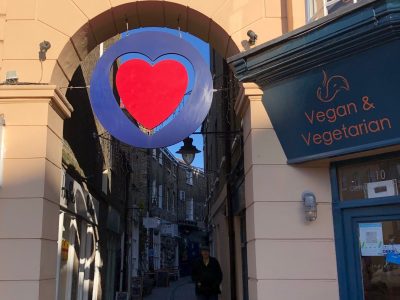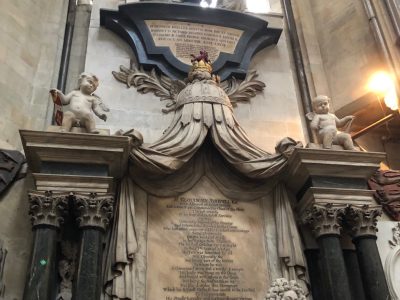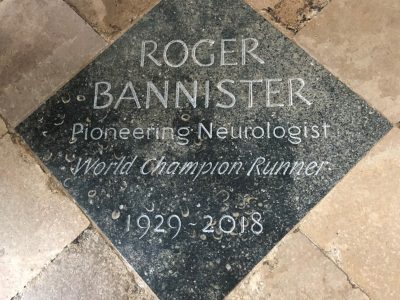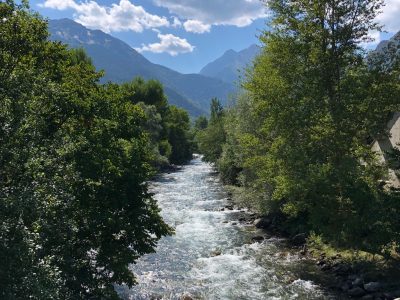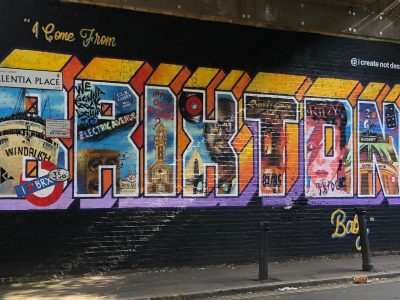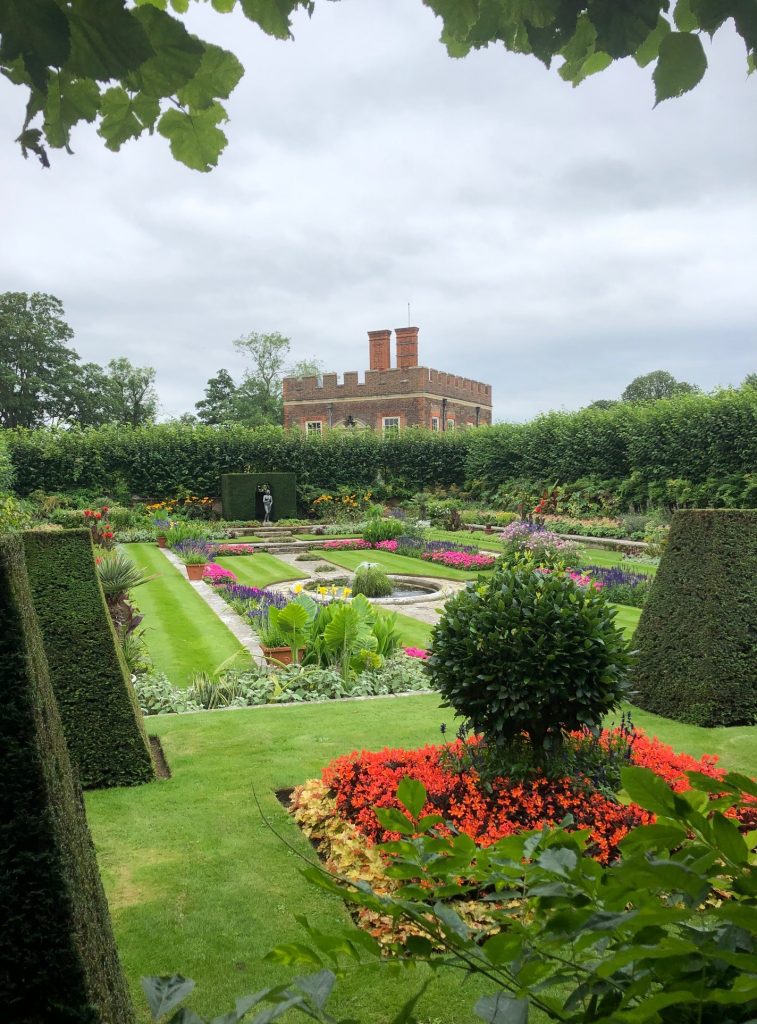
A great day out in London? Visit Hampton Court
There are hardly any overseas visitors in London so I am keeping myself up to date on our tourist sites by becoming a tourist myself. Hampton Court is famous for its combination of Tudor and Baroque buildings and gardens. The featured photo is a Victorian sunken gardens created when the palace was opened to the public.
Acres of beautiful gardens


Last week I was lucky enough to go on a fascinating tour of the gardens at Hampton Court. Our guide was the Royal Palaces head gardener. It was great taking the time to see the gardens in depth.
Among the things I learnt are that apple trees were used as hedging and kept low in the Tudor kitchen gardens and nectarines and peaches were grown against walls.
I can now tell where there were 12 more fountains in the Great Fountain garden. There is only one now. We also heard how the yew trees were clipped They shot up to their present height because Capability Brown stopped them being pruned in the C18th.
Field of Cloth of Gold
This week I went inside the palace. For me the highlight was a wonderful temporary exhibition, Gold and Glory about the Field of Cloth of Gold. In France it is known as Le Camp du Drap d’Or.
The exhibition is a part of the Hampton Court that was used by its first owner, Cardinal Wolsey. The wood panelling has a beautiful linen-fold design on it.

The Field of Cloth of Gold was an 18-day tournament near Calais in northern France in 1520. Henry VIII invited the French king, Francois I. The royal tents were made with cloth of gold. Henry’s clothes were also made with cloth of gold.
For the exhibition a beautiful tapestry is on show. It was made in Tournai and depicts a wrestling match watched by Francois I but there is no sign Henry VIII. This is because sometime before C20th the tapestry was reduced in size. The image of the English king and queen who would have been next Francois I but were cut off.
The tapestry is made of silk and wool and the colours are magnificent. The blue and red has not faded.
It is thought to have been commissioned by a wealthy French nobleman. It was sold by Sotheby’s in 2014 for an estimated $450-550,000.
C16th Paintings

There are two types of painting from the period in the exhibition both of which I love.
Firstly portraits by Holbein. They look so life-like and modern they could be photos.
Secondly, wonderful and colourful but unrealistic images of Henry’s fleet setting off from Dover and of the camp itself.
We also explored the Georgian Rooms exhibition which is in the Queens Apartments. If you don’t know how England managed to get a German monarchy this exhibition explains it.
In contrast, the Kings Apartments are as they were in the days of William III.
The Kings Apartments were built for William III who reigned in the late 1600s. We know what was here because after his death an inventory was taken. The tapestries etc recorded in the inventory that had been taken to other royal residences or were in storage.
The apartments caught fire in 1986 and have been restored to their original state. Tapestries and hangings were brought back. The Kings Apartments gives us a view of the public and private life of William and of the court.
William’s private apartment has a portrait of his garden designer, Henry Wise and a painting of the palace and grounds during his time. There was no village outside and no bridge across the river Thames in his day, just miles of field and woods.
It was a real pleasure to spend the day as a tourist at Hampton Court. To cap it all, at this time of year evening concerts are held in the first courtyard at the palace. The performers were rehearsing so we were treated to some live music by the band, Bastille. That is what makes a visit to London so good, something unexpected always happens that puts the cherry on the cake.
Get the most our of your day here by booking a private guided tour CONTACT ME






